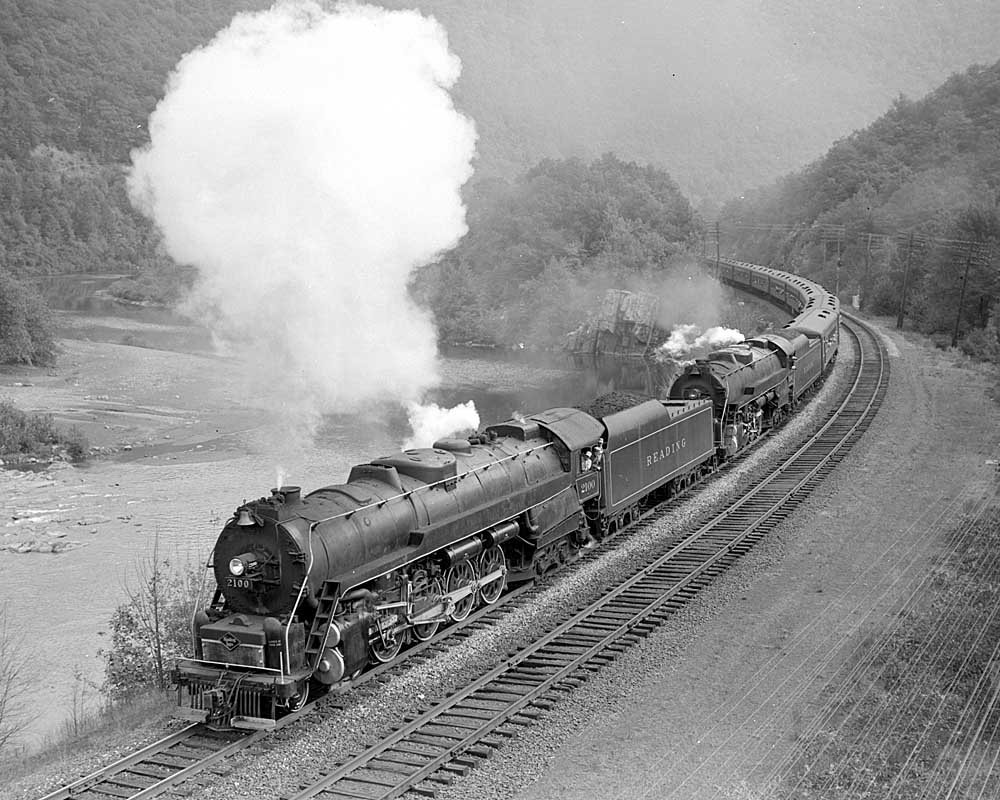
The trend toward professional archival preservation of the work of major railroad photographers continues, lately with the news that the huge collection of negatives, slides, and films of the late Mike Eagleson has gone to the Industrial Archives & Library based in Bethlehem, Pa. This is a big “get” for the IAL, buttressing its mission to be an international repository of industrial images.
The donation of Eagleson’s work owes much to Mike’s longtime friend and collaborator Tom Kelcec, who led the effort to see that the archive went to the IAL. “Mike wanted to see every steam engine in the world and document their existence, dead or alive,” says Tom. “He was always looking for a ‘new’ engine — newly restored, new country, whatever.”
The Eagleson collection stretches over nearly six decades, including the end of the steam era, and represents someone who became a major figure in steam circles. Some of that reputation is due to his photography and his several books, but much of it also to his “In Search of Steam” column in the old Railroad Magazine. Those of us steeped in the online era — with its easy access to preservation websites, rail heritage discussion groups, and steam-oriented social media — might forget how difficult it was 50 years ago to keep track of steam preservation.
Mike’s column was practically our only connection back in those days. I know from experience, having gotten involved back in 1970 with Pere Marquette 2-8-4 No. 1225 at Michigan State University. Some of us in the MSU Railroad Club would drop everything when the latest Railroad arrived, just to see what Eagleson had to say. Sometimes he published rumors that didn’t pan out, but a lot of it was solid stuff. When Mike got around to mentioning us, it was a big deal.
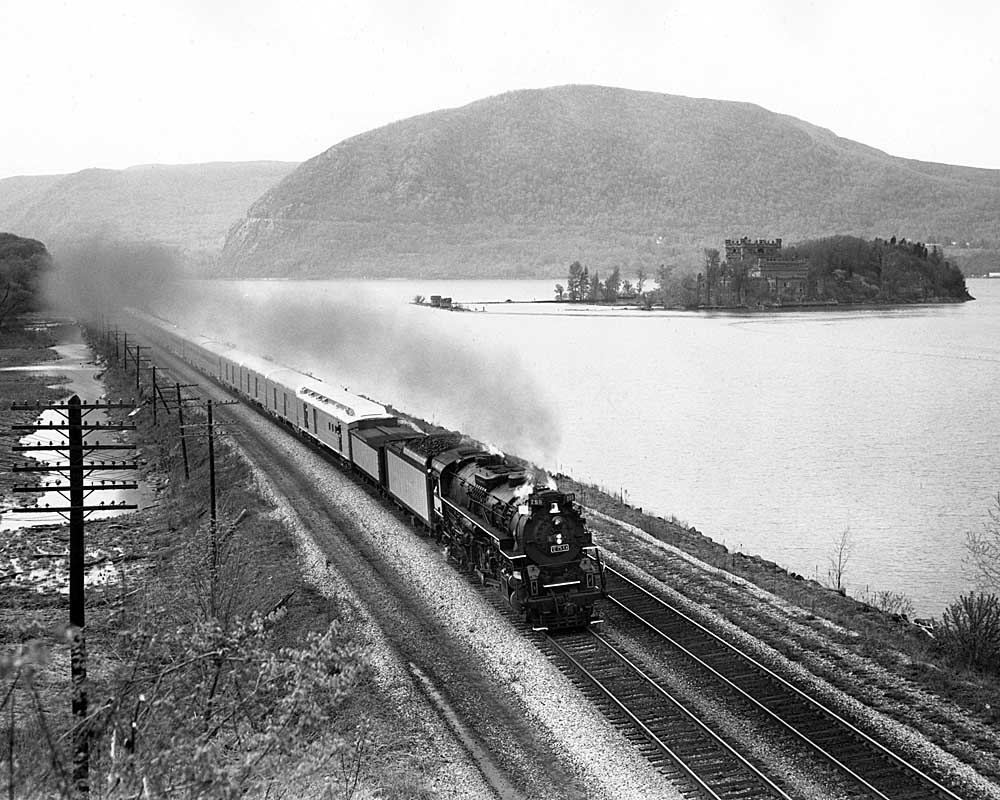
I even have Eagleson to thank for connecting me with someone who became one of my best friends, the photographer John B. Corns. When Eagleson included the 1225 in his column, I was listed as the contact with a mailing address at the MSU Museum in East Lansing. Shortly thereafter I got an inquiry from Corns and we arranged an early visit to the campus. We’ve been close collaborators ever since. I’m sure others had a similar experience.
When I met Corns, he already was a big Eagleson fan. “We steam fans were hungry to hear any new scrap of information in our efforts to ferret out forgotten iron horses, and each month I’d await the arrival of the newest Railroad. I’d skip everything and turn to ‘In Search of Steam.’
“I copied each new steamer find and updated old ones from Eagleson’s monthly musings into my three-ring binder that chronicled the status of every locomotive known to me. Through the years, Mike’s columns had me hiking across a farmer’s field to find a 4-8-0 of N&W vintage in Holsopple, Pa., or detouring to find an 0-4-0T in Sikeston, Mo., or gawking at a monstrous 2-8-8-2 at a steel mill in Middletown, Ohio. An employee at the latter graciously also showed me their heretofore unseen tiny 0-4-0T displayed deep within their fence line. Hey, hey, I was one up on ol’ Mike!”
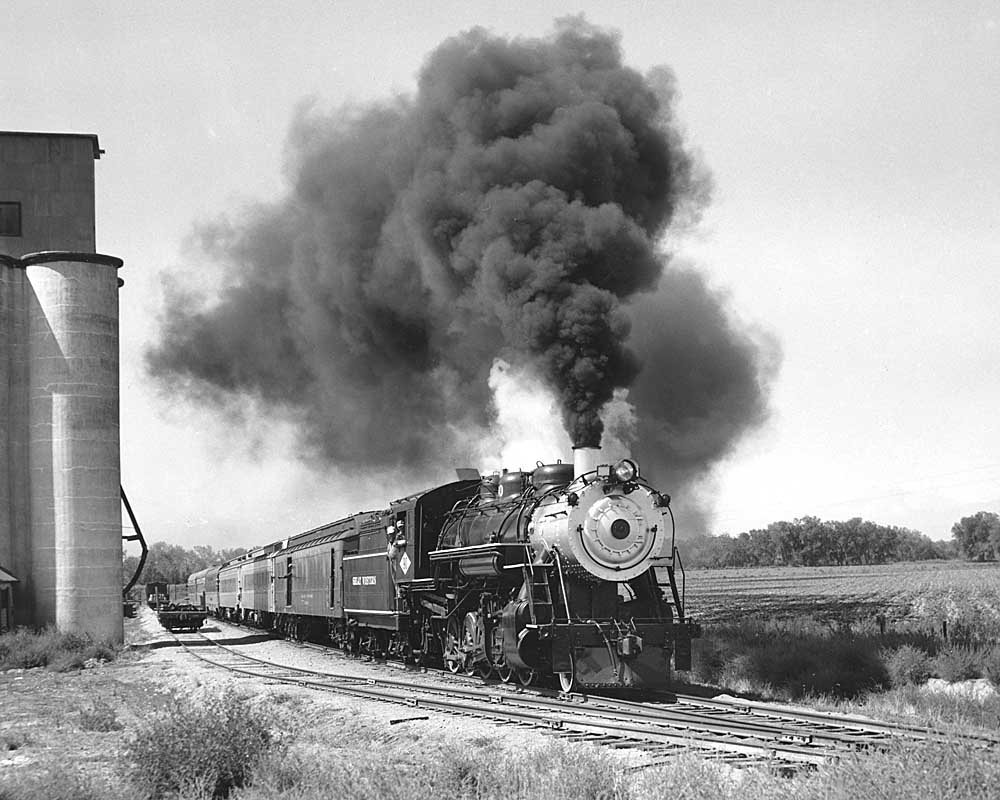
Another devoted Eagleson reader was our friend Wayne York, one of the founders of the Fort Wayne Railroad Historical Society and its 52-year stewardship of Nickel Plate 2-8-4 No. 765, based just 136 miles from East Lansing down I-69. Wayne is still deeply involved in FWRHS operations, including the organization’s plan to bring back New York Central 4-8-2 No. 3001. He remembers Eagleson as an essential source of steam news.
“There was a long period starting in the late Sixties when the first thing I read in a new issue of Railroad was Eagleson. It was always a must read and I hung on almost every word and photo. Inspiration from his column and the news of NKP 759 led me to contacts with NKP 779 displayed at nearby Lima. Inside of two years that led me to meeting Glenn Brendel and Skip Sassmannshausen and getting involved with 765. Thank you, Mike Eagleson!”
Back to Eagleson and his photography. For many of those early years, I only knew Mike as the Railroad columnist. It was later I learned how accomplished he was as both a trained graphic designer — he trained at New York’s prestigious Parsons New School of Design — as well as steam author and skilled photographer. Among his books is “Twilight of World Steam,” co-authored with Ron Ziel (Madison Square Press, 1973).
Eagleson was the complete steam photographer, mastering everything from intimate roundhouse scenes to steam in the wide-open spaces. He was all over the first wave of late 1950s and ’60s mainline steam operations, chasing Reading’s 4-8-4 “Rambles,” following High Iron Company’s NKP 759 trips, catching up with Dick Jensen’s GTW 4-6-2 No. 5629. But he went for the small stuff, too, especially if very few people — if any — knew about it.
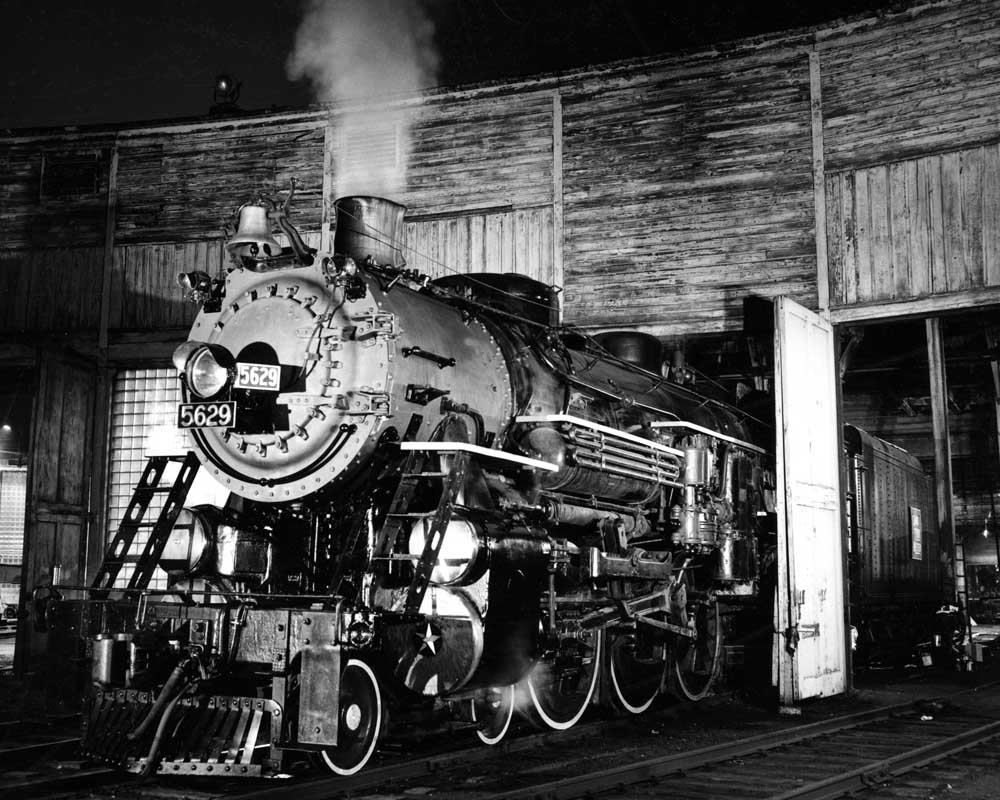
“He would pass up seeing certain locomotives multiple times, even if they were local, even the big famous fantrip engines of the late 20th century, to save time and money to see something new,” recalls Tom Kelcec. “To Mike the quest for something new sometimes overrode the desire to obtain a better photograph of a previously seen locomotive.” On most of these forays, Eagleson and Kelcec worked as a team, Tom usually involved in preparing the maps, analyzing photo locations, plotting a strategy on lighting and grades, while Mike drove.
Eagleson had his mentors, Tom says, a veritable who’s who of Northeast photographers, among them Bob Collins, Don Furler, Bob Malinoski, John Briggs, and Gordon Roth.
At the IAL, processing the Eagleson collection will take a few years, says IAL Archivist Nick Zmijewski, “With a collection as voluminous as Mike’s it’ll be rolled out in stages. Myself and several volunteers have been working on it since the fall to get a head start on the announcement. North American material will be the first phase, with overseas being second as I expect it to take more time. Since our announcement we have put out a call for volunteers and hope to get a few more people in to help speed up the physical processing and scanning.”
However long it takes, it will be worth the wait. With the collection safe in the hands of the Industrial Archives & Library, Mike Eagleson’s search for steam becomes everyone’s.
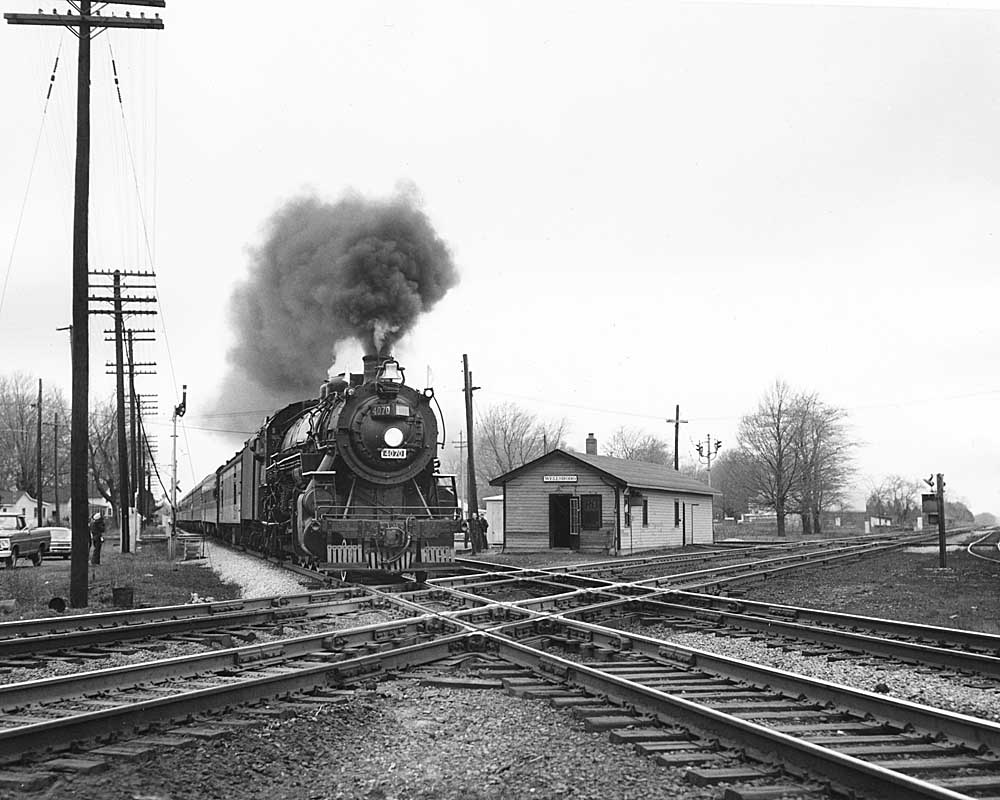






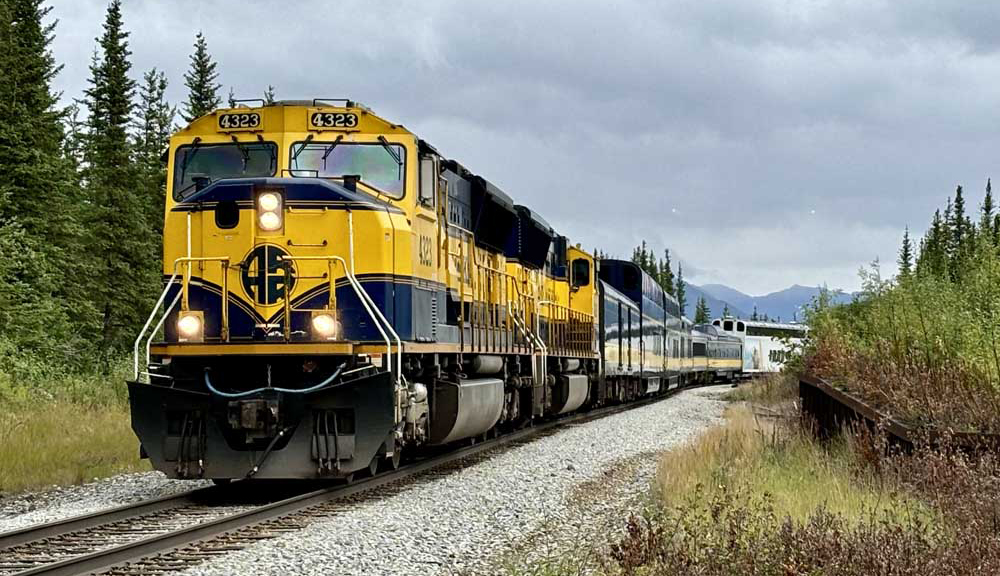
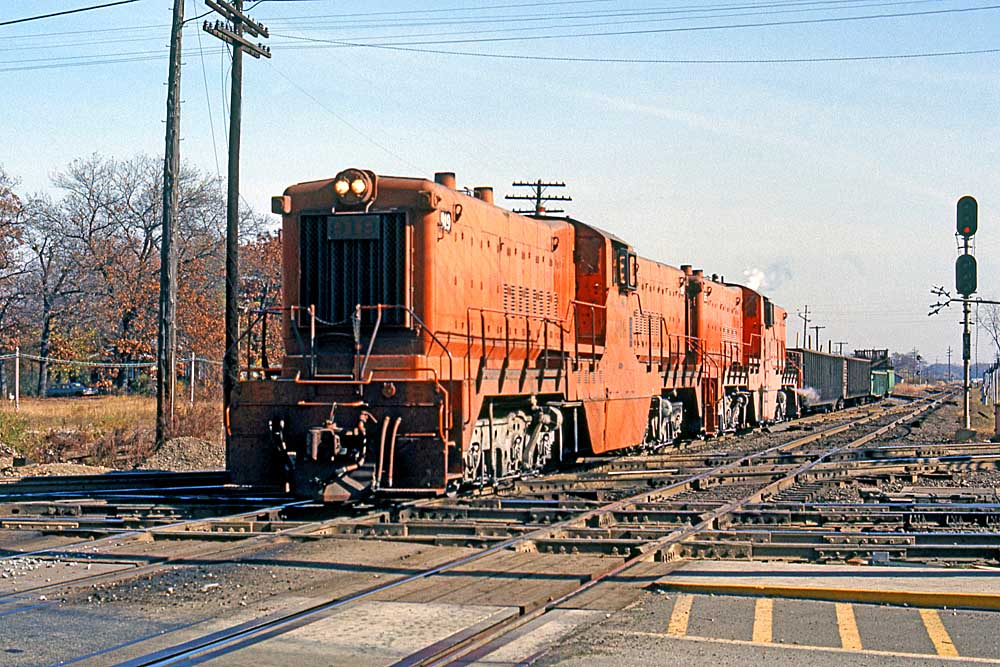
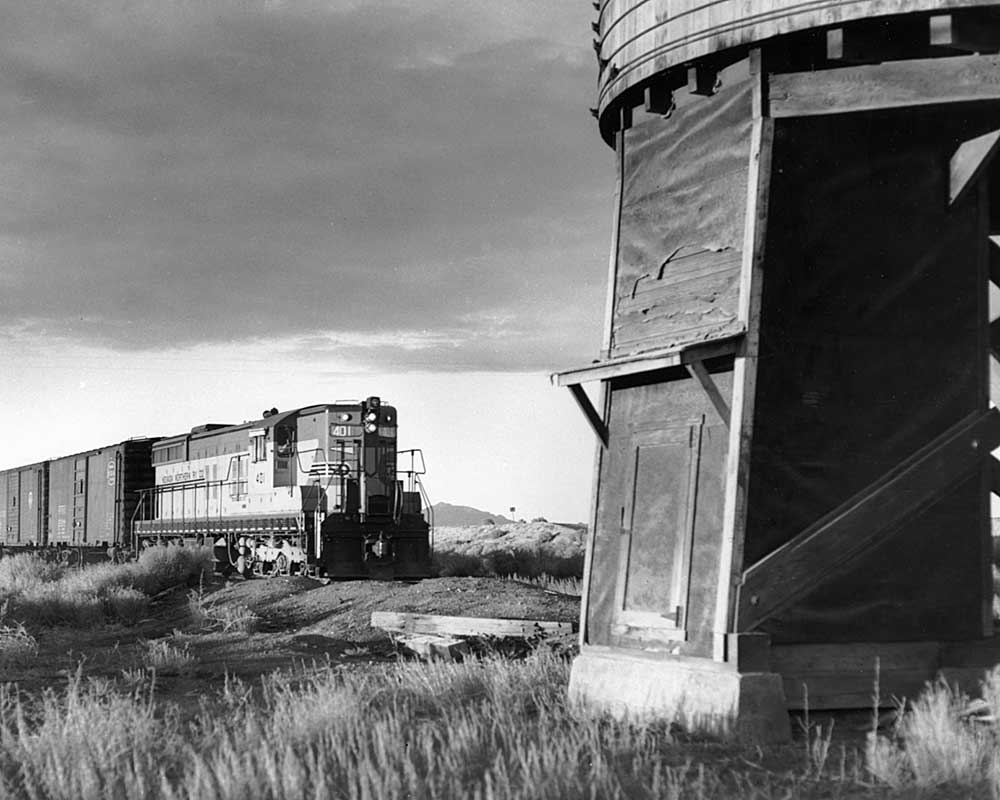
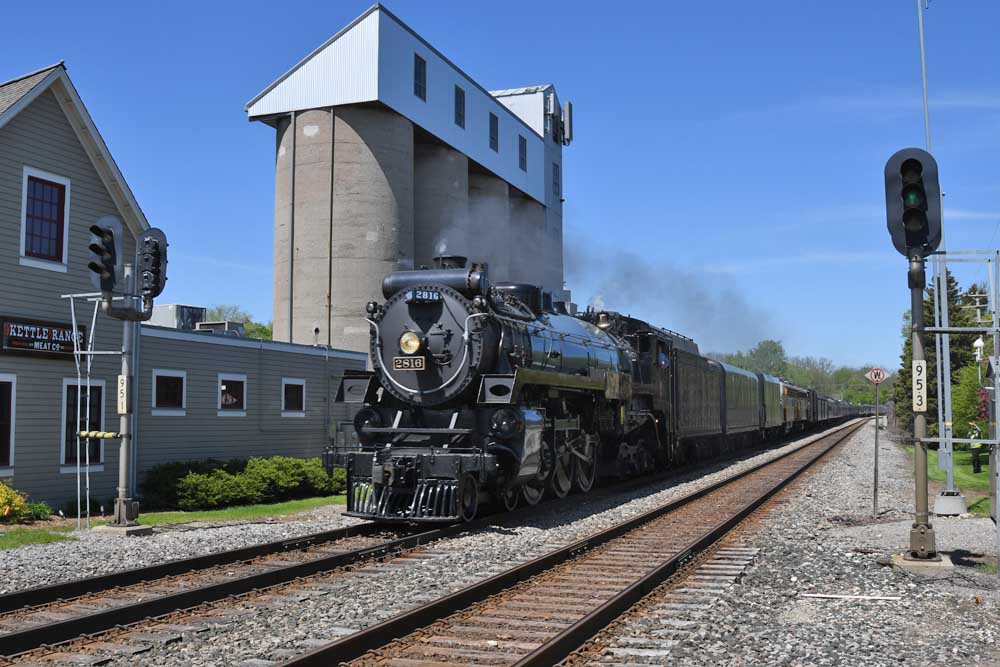
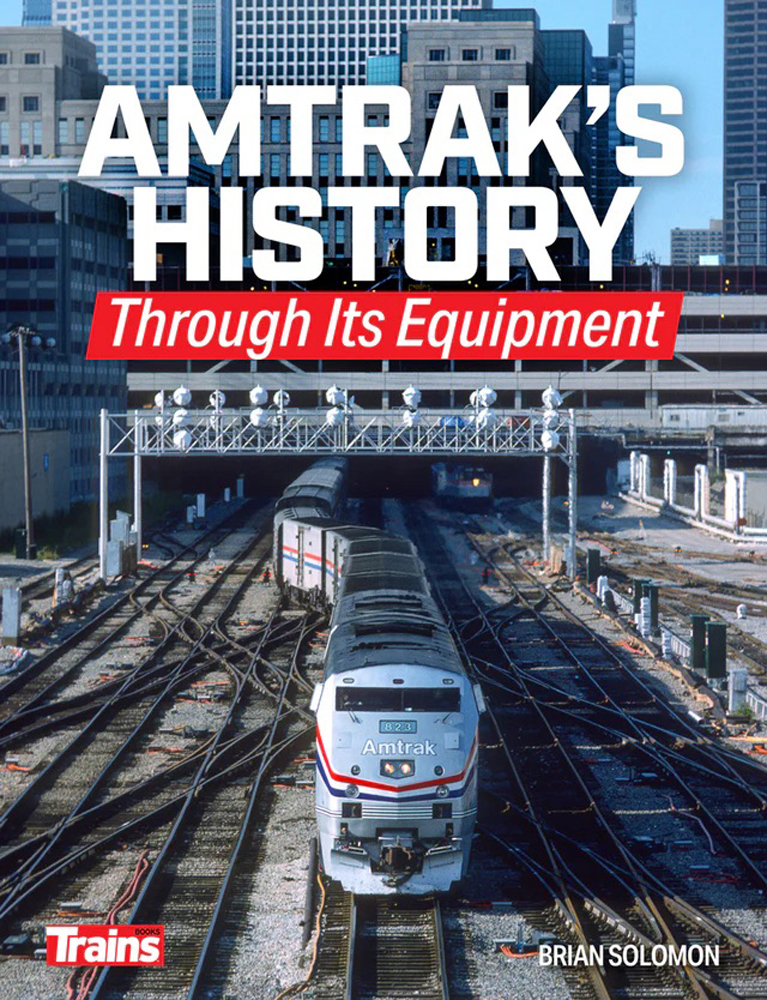
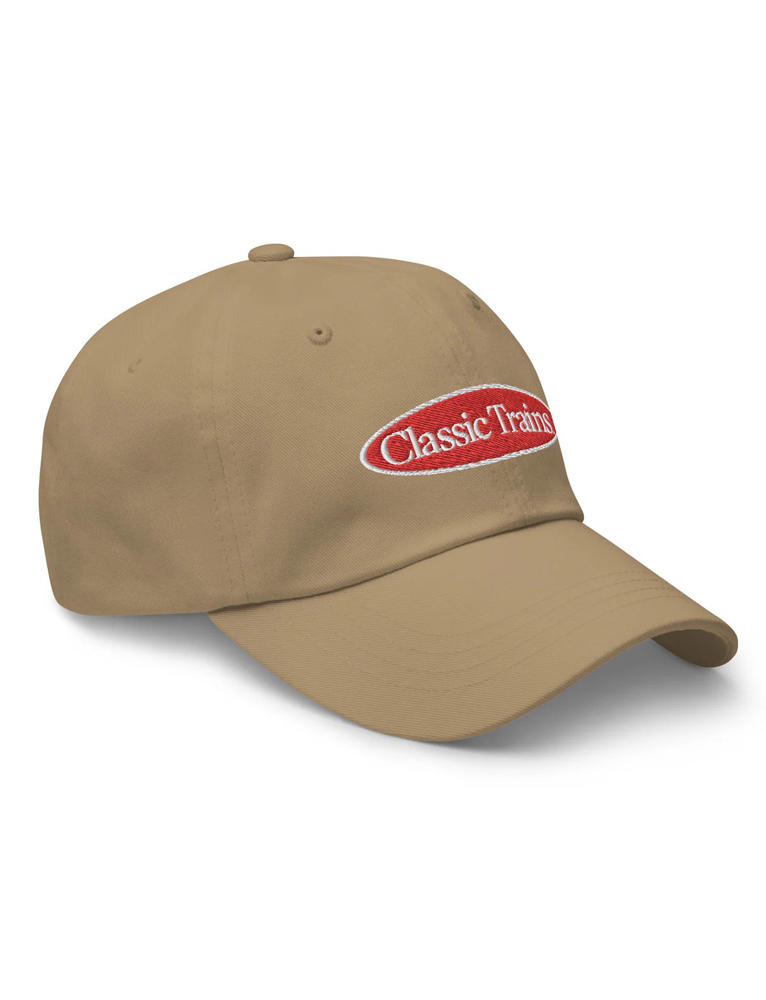
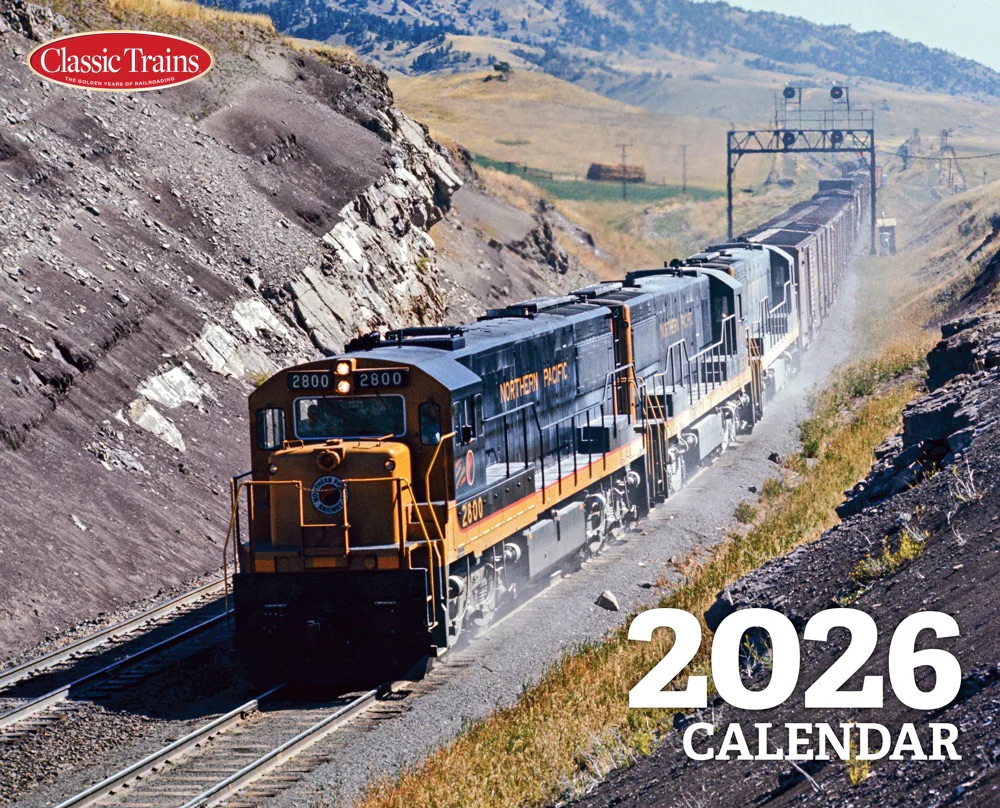
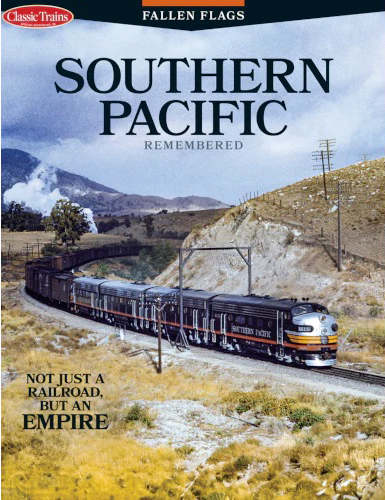
I enjoyed Eagleson work in TRAINS. He covered much of the Southern Railway stream program from the late 1960s into the 1970s and beyond. The photo of 4070 hammering across the C&O/B&O lines is something to behold.